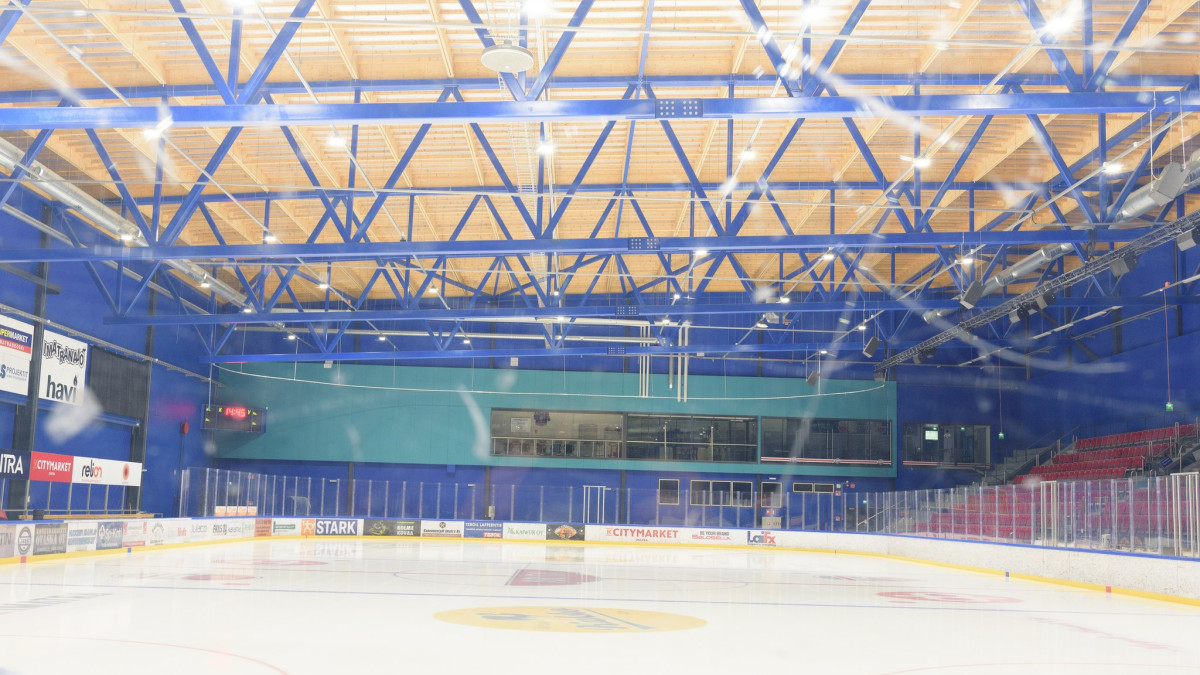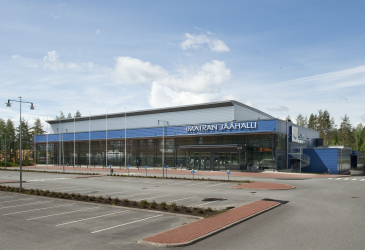
The waste heat produced by the ice rink will be used in the air conditioning of the rink in the future
In the future, the waste heat of the Imatra ice rink will be used in the air conditioning of the rink. Equipment was installed in the hall in September, with the help of which the waste heat is directed to the ventilation machines. Air blown into the hall is heated with waste heat.
As a result of utilizing waste heat, less natural gas is needed to heat the hall than before, which in turn reduces the operating costs of the hall.
According to the estimate, a monetary saving of 40 euros is generated annually.
- This week we will still be able to adjust and automate the system, after which we will get the best possible power out of it. The equipment was installed in September, so the exact amount of the reduction in costs will become clear later through monitoring. It can even be a bit more, a technical host Heikki Varis Mitra tells about the developer of Imatra.
The total cost of the investment was 90 euros.
LUT University is involved in the investigation
Mitra investigated the ice rink's waste heat production together with LUT University. The report investigated the hall's waste heat production and presented three different options for its utilization.
The hardware now installed was one suggested option.
- Previously, the condensate from the motors and pumps of the ice rink was run directly to the condenser field on the roof, where the hot condensate was cooled. Now the condensate is directed to the ventilation machines, where they heat the radiators that heat the air, Varis explains.
Carbon dioxide emissions are greatly reduced
Utilizing waste heat saves not only euros but also nature. The carbon dioxide emissions produced by the ice rink will be significantly reduced due to beneficial use.
So much waste heat is generated in the ice rink that it is not possible to use all of it in heating the rink. The plan is to direct the excess waste heat to the heating of the planned sports hall next to the ice rink.
Solar panels are also planned for the sports hall. In the same connection, solar panels may also be installed on the ice rink.
- If these plans related to the sports hall are realized, according to LUT's calculation, the carbon dioxide emissions produced by the ice rink will be reduced by a whopping 96 percent from 138 tons to 14 tons in the coming years, Varis says.
Other measures have been taken to improve the ice rink's energy efficiency and reduce carbon dioxide emissions.
- There are plans to connect the ice rink to district heating. In this context, we are prepared for the fact that in time the sports hall will also become part of the district heating network.
For more information:
Technical property manager Heikki Varis, weak. crow mitra.fi (heikki[dot]varis[at]mitra[dot]fi), tel. 05 235 2855
mitra.fi (heikki[dot]varis[at]mitra[dot]fi), tel. 05 235 2855
